The great debate, trail runners or hiking boots? Let’s take a look at both and figure out what’s right for you.
Carrying less weight on your feet can have significant benefits, including reduced fatigue and improved agility. The principle that weight on your feet is more taxing than weight on your back is widely recognized among hikers and backpackers.
Here's a breakdown of the key points:
Weight Difference
The weight difference between trail runners and hiking boots can be substantial, especially when comparing lightweight trail runners to mid-cut or full-grain leather boots. This principle is supported by the idea that each pound on your feet equates to at least five pounds on your back.
Percentage Difference
The estimated weight savings of around 40% is significant and becomes even more pronounced when comparing to heavier full-grain leather boots.
Given these factors, hikers and backpackers who prioritize reducing their overall pack weight often opt for trail runners as a means to achieve this goal. This choice allows them to hike more comfortably and efficiently, especially on long-distance treks where minimising fatigue is crucial.
However, it's important to note that while the weight savings of trail runners are significant, they may not be the best choice for all hiking situations. As you've previously mentioned, the choice between trail runners and boots depends on factors such as terrain, weather, and personal preference. Hikers should consider these factors carefully and select footwear that aligns with their specific needs and comfort levels.
Compared to boots, trail running shoes are more flexible and require little to no break-in time. Boots have a more rigid structure and it’s advisable to wear them in slowly, graduating from short walks around the neighbourhood, to day hikes, and eventually to multi-day excursions.
One of the most common questions we get asked in the store is, should I wear trail runners or hiking boots in Australia? The simple answer is there's no one-size-fits-all answer.
Here are some considerations for each type of footwear:
Trail Runners
Some are obsessed with their light weight; others love how comfortable they feel right out of the box, while others prefer the wide range of designs and colours.
Comfort and Weight
Trail runners are generally lighter and more flexible than hiking boots. If you're planning a shorter hike on well-maintained trails, trail runners can provide greater comfort and agility.
Breathability
Trail runners often have better breathability, which can be beneficial in warm weather or if your feet tend to sweat a lot. They decrease the risk of blisters compared to boots.
Quick-Drying
They tend to dry faster if they get wet, making them suitable for creek crossings or rainy conditions.
Traction
Many trail runners have extremely good traction, but may not be as robust as hiking boots.
Ankle Support
Trail runners typically provide less ankle support than hiking boots. If you have weak ankles or plan to hike on uneven or rocky terrain, this could be a concern.

Hiking Boots
Stability and Support
Hiking boots offer more ankle support and stability, making them a better choice for rugged terrain, uneven trails, or carrying heavy backpacks.
Protection
They provide better protection against snakes, rocks, roots, and debris, reducing the risk of injury.
Durability
Hiking boots tend to be more durable and can withstand prolonged use and rough conditions.
Water Resistance
Many hiking boots are designed to be waterproof or at least highly water-resistant, which can be advantageous in wet or muddy environments.
Cold Weather
Hiking boots can provide better insulation in colder weather.

Other Key Considerations
Comfort
The key to the great debate of trail runners vs hiking boots is to prioritize comfort over anything else. The majority of long distance hikers these days prefer trail runners over heavy hiking boots. They offer more comfort and increased breathability. This is especially important in hot weather to prevent overheating and reduce the risk of blisters.
Body type
You likely already have a sense of whether your body requires more support from your footwear in general. If it does, and you plan to add a heavy pack to your overall weight, a solid, stable hiking boot may be your best choice. If you haven’t had any previous issues with strength and stability of your legs and joints and you’re not planning to carry a significantly heavy load, you’re probably a good trail-runner candidate.
Personal Preference
Ultimately, the choice between trail runners and boots depends on personal preference and the variety of hiking experiences you engage in. There's no one-size-fits-all answer, and flexibility in your footwear selection is valuable.

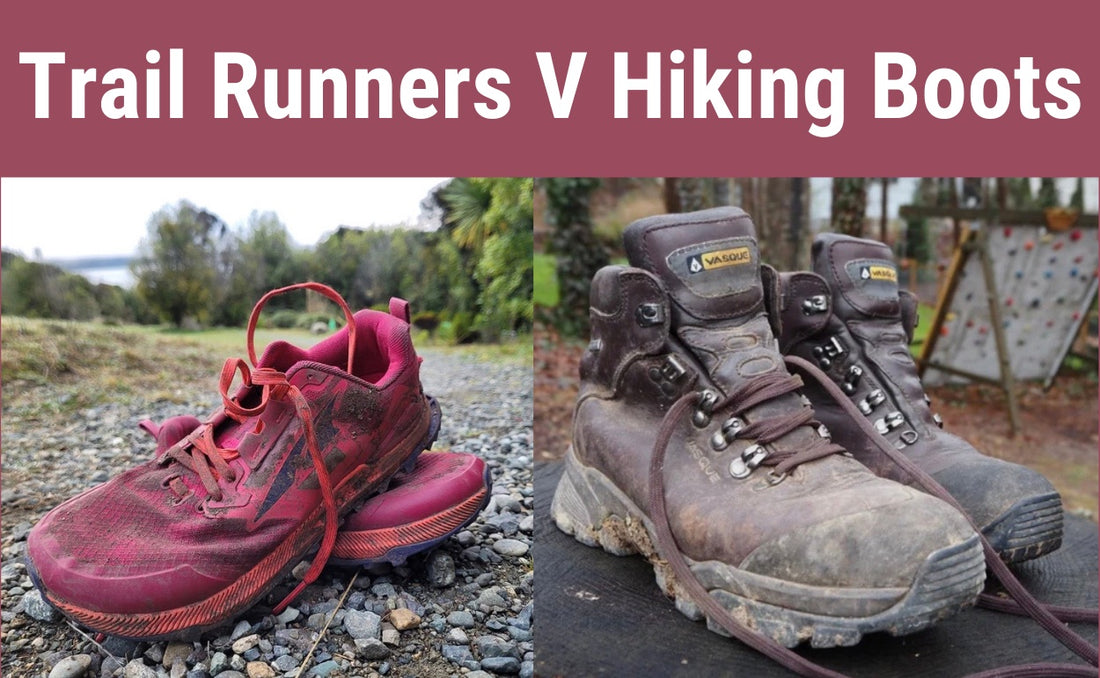
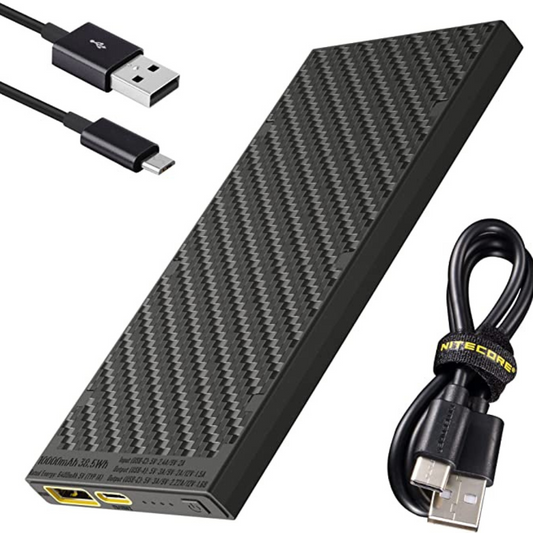

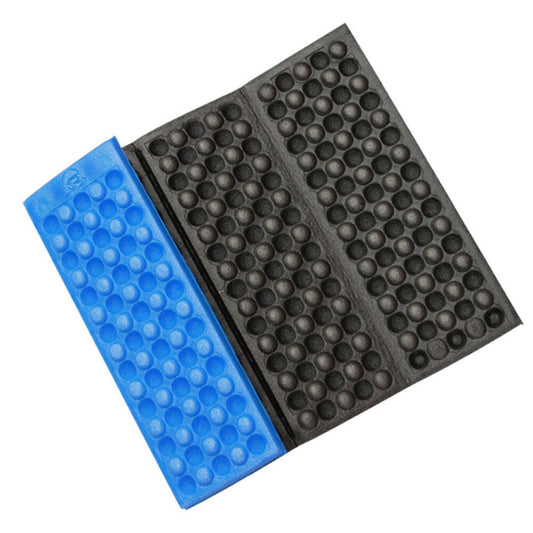
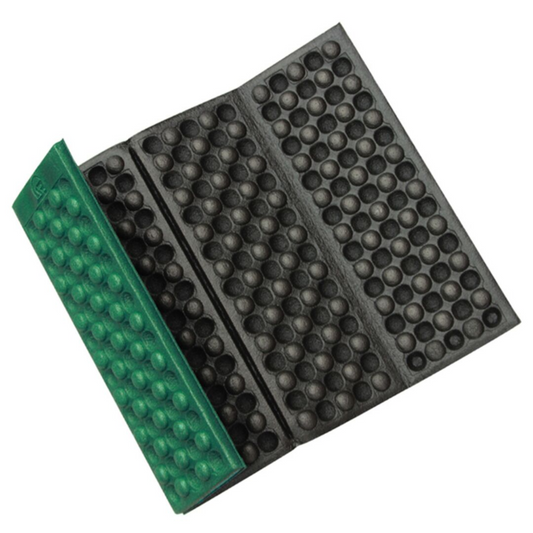
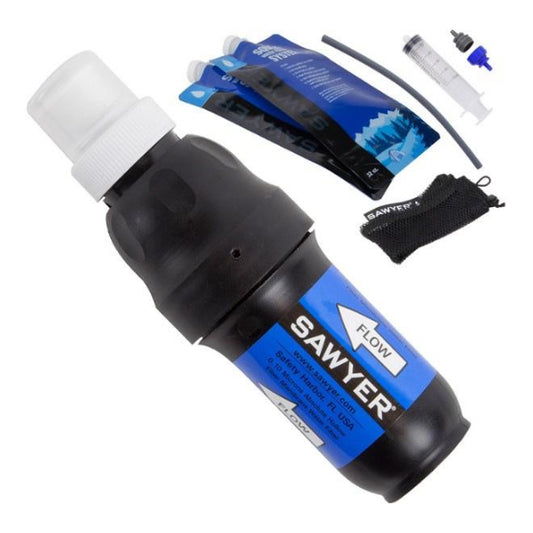


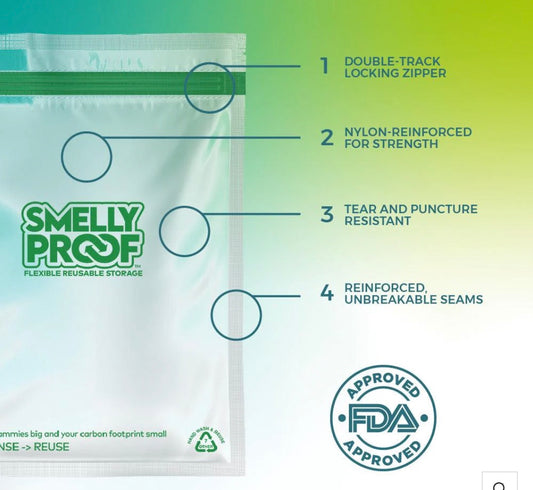
1 comment
Your Boots vs shoe blog was fairly balanced but…After two through hikes: Te Araroa and The Heysen and 25 years of tramping, I’m still a boot lover. I think the trail runner propaganda stems from well groomed American trails. In NZ and Australia our terrain can be harsh. Boots cost similar to Trail runners but last twice the distance. I’ve had fewer injuries in boots and the weight difference is a irrelevant point as most modern boots are synthetic like runners. I don’t have “weak joints”, I have structural protection, while I bush bash and river bash. Cutting gear weight is not about wearing a bikini cos it dries faster than a raincoat!